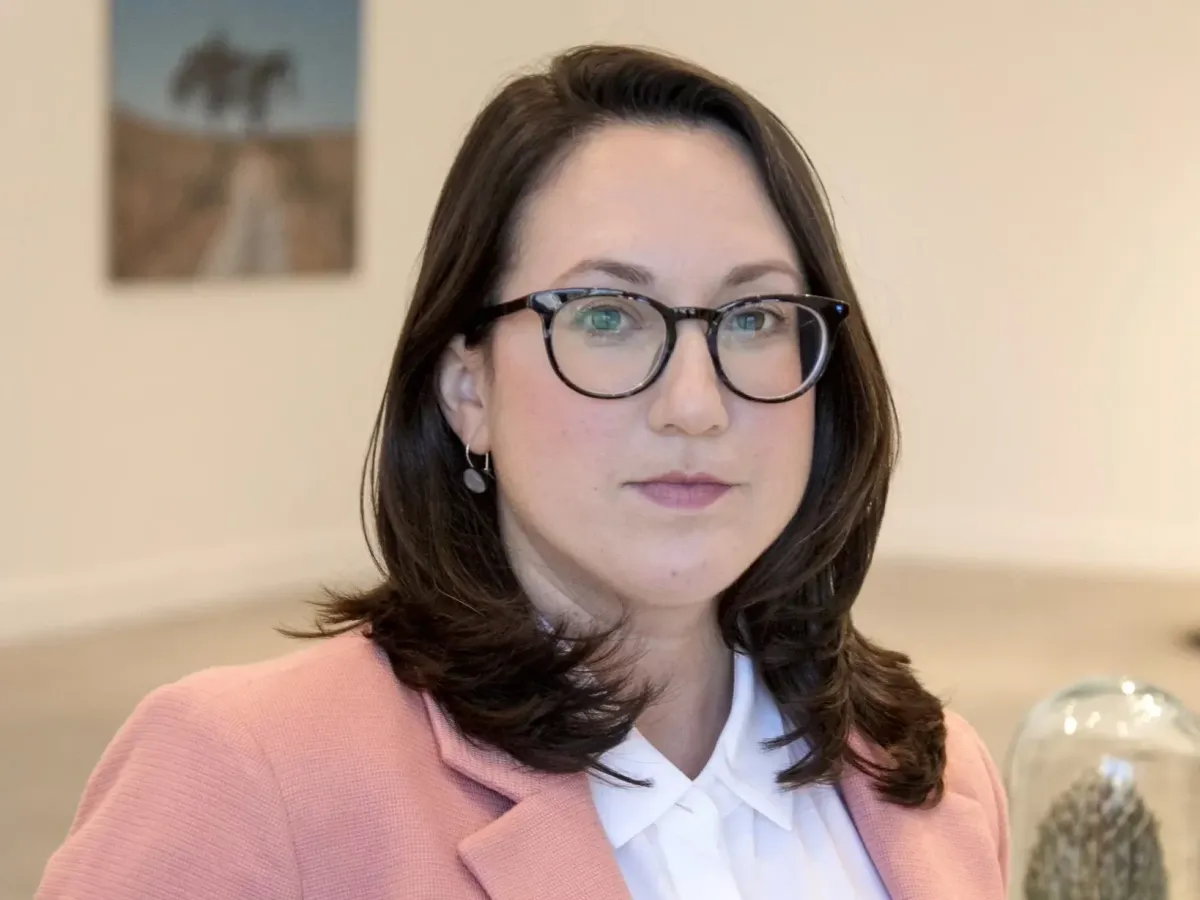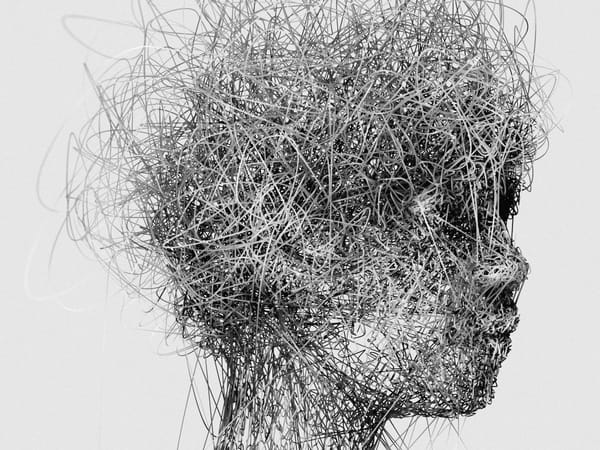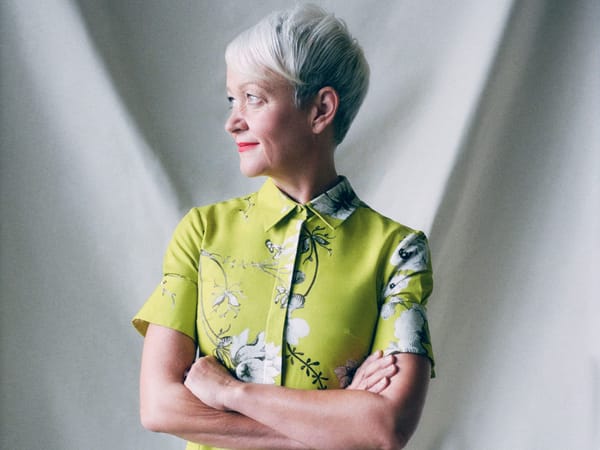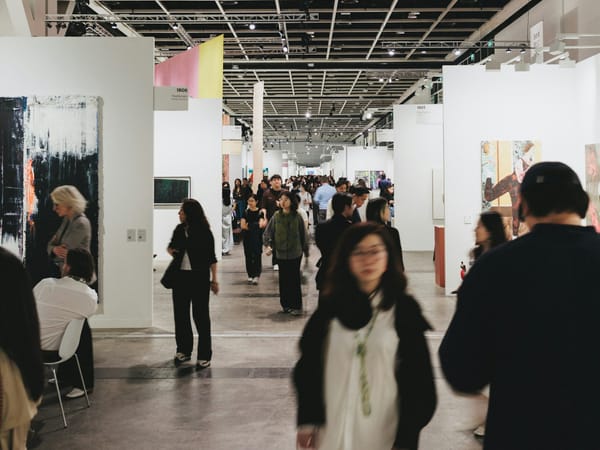Andrea Gyorody Resigns After Pepperdine University Censors “Political” Artwork
Andrea Gyorody resigns from Pepperdine University’s Weisman Museum after administrators removed anti-ICE and protest artworks, sparking outrage, faculty condemnation, and student-led demonstrations on campus.

The air inside Pepperdine’s Weisman Museum hung heavy with silence when Andrea Gyorody walked out for the last time. The art historian and curator had spent three years building exhibitions that dared to speak, only to see them muted by the university that housed them.
Her resignation followed a firestorm: the school ordered the removal of two pieces it labeled “political.” One called to abolish ICE. Another echoed years of protests through sculpted megaphones. Both were censored under the pretext of protecting the university’s nonprofit status. Then came the backlash — artists pulling their work, faculty denouncing the move, students plastering the campus with hand-painted signs on what they called the “Freedom Wall.”
Pepperdine, a Christian university, insists it avoids political content. But its decision has opened a wound larger than a policy dispute. It’s about whether faith-based institutions can face dissent without silencing it. “Christ believed all beings were equal,” said student Grace Bidewell. “Art that honors that shouldn’t be a problem.”
Outside the museum, Elana Mann’s bronze horns — once symbols of protest — may sound again. Students plan to gather, amplifying their message where the art was quieted. Gyorody’s departure leaves a blank wall in Malibu, but one painted over with a sharper truth: when art is censored, it only grows louder.
© ART Walkway 2025. All Rights Reserved.





